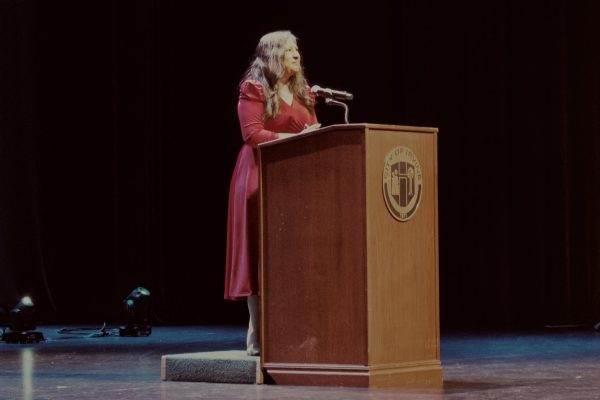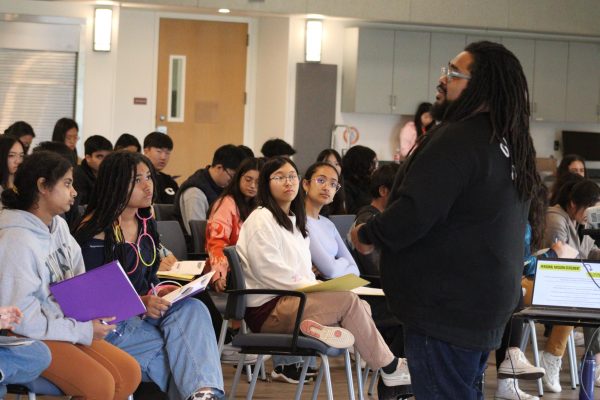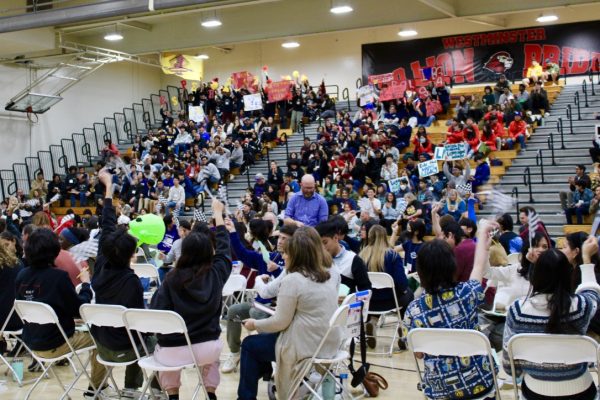Unexpected Variables Lead to Schedule Issues
Due to the influx of many more students in the counseling office, administrators put up signs to keep students in line. Some students waited over an hour for a meeting during the first full week of school.
September 14, 2018
During the first two weeks of school, many juniors were left confused and frustrated with their initial class schedules. Unbeknownst to them, administrators and counseling team were working hard behind-the-scenes moving course periods and balancing class sizes in reaction to unexpected factors that caused scheduling issues.
“There’s a lot of variables involved,” assistant principal Amy Paulsen said. “I would say this is the hardest year I’ve ever done master schedule.”
Determining Elective Courses
Administrators had to manage over 40 singletons and doubletons, classes only offered for one or two periods. Some juniors with set class periods either had to give up an elective or change another conflicting singleton.
“I know there was frustration not only for students but for parents, which makes our job very difficult because that’s the last thing that we want our students to be,” head counselor Melissa Gibson said. “We are trying to do the best that we can.”
With not enough juniors to offer more periods, administrators were forced to cancel courses.
However, the counseling team made sure all students were given classes according to their levels in each department.
“Our district funds a lot more for us than they would if we were full-capacity because they know you can’t say no to any math level. You can’t say, ‘Sorry, I’m going to collapse that class because there is not enough kids,’ because that’s your math level,” Paulsen said. “I can say, however, ‘I’m sorry…you have to pick a different elective because those are not every period, and my goal is to make sure that your course subjects that you need are where they need to be.’”
Balancing out Class Size
According to the district, class sizes should stay around 32 students before teachers are paid more for additional students. The second part of scheduling the administrators and the counseling team had to deal with was balancing classes. They went through all the class rosters that exceeded 32, excluding some specialized classes such as Honors Pre-Calculus, and moved around students whose schedules allowed for changes. Due to the increase of students in sophomore and freshman classes, English passion courses had to be cancelled to accomodate for the required courses for younger levels.
“It was oftentimes frustrating because my schedule kept on changing, and the courses that I wanted to take initially that I signed up for months before weren’t being offered with my schedule,” junior Eden Yeh said. “I think even though in the beginning it was initially challenging to overcome that as well as the stress that resulted in that situation, it all ended up fine.”
Administrators and the counseling team are looking to improve the system for the future, according to Gibson.



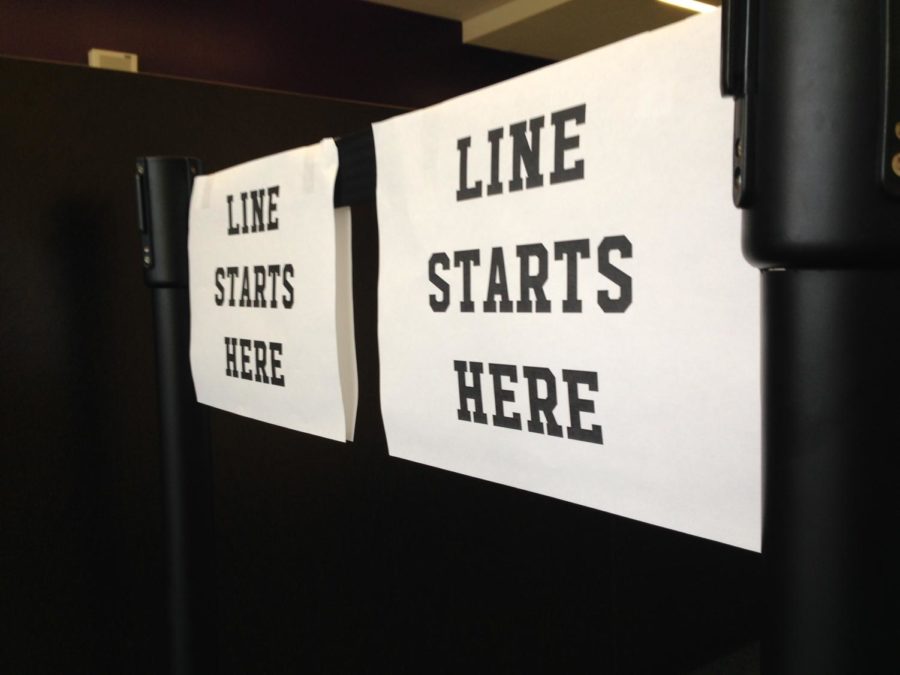


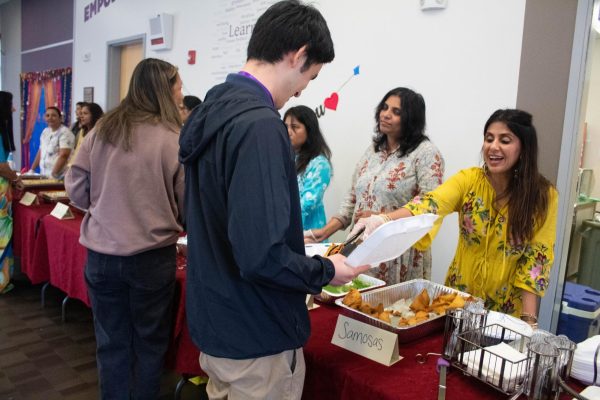
![Senior Yunxin Tao and sophomore Aditya Nair manufacture t-shirts for Portola Printing, Portola Highs first ever business. “Sometimes after school, we have a little party with about five to 10 students, heat pressing and folding and quality checking,” business teacher Katherine Dillon. “The next day, we count the orders and make sure we have all the right sizes, all the right numbers [to] make sure theyre all good and then we just go deliver it to the classrooms.”](https://portolapilot.com/wp-content/uploads/2024/05/IMG_0384-600x450.jpg)



